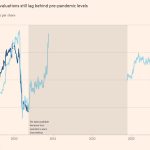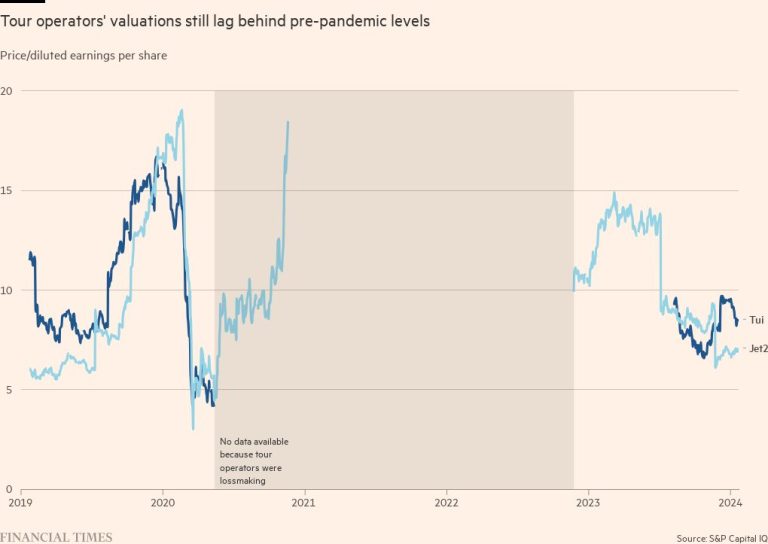Receive free Markets updates
We’ll send you a myFT Daily Digest email rounding up the latest Markets news every morning.
Wall Street stocks slipped on Friday, led by a decline in the chipmaking sector, while equities in Europe and Asia rallied on upbeat Chinese economic data.
Wall Street’s benchmark S&P 500 fell 0.4 per cent at the New York opening bell, while the tech-focused Nasdaq Composite declined 0.3 per cent.
Shares of US chip equipment makers Applied Materials and Lam Research fell 3.1 per cent and 2.5 per cent respectively, after the world’s top chipmaker TSMC asked its major suppliers to delay the delivery of high-end chipmaking equipment.
The Philadelphia Semiconductor index, tracking 30 of the world’s biggest semiconductor manufacturers, fell 1.4 per cent on Friday.
The moves came a day after both the S&P and Nasdaq Composite closed almost 1 per cent higher, following the debut of chip designer Arm, which closed its first trading day up almost 25 per cent in New York. The company gained 6 per cent at the market open on Friday.
The almost $5bn listing by the SoftBank-backed company marks the largest initial public offering on Wall Street in nearly two years, with day-one share price gains pushing its market capitalization to more than $65bn.
Meanwhile, Europe’s region-wide Stoxx 600 index advanced 0.6 per cent, and edged towards its highest level in more than a month, as investors cheered signs that eurozone interest rates may have peaked.
The Cac 40 in Paris rose 1.2 per cent, the Dax in Frankfurt added 0.7 per cent and the FTSE 100 in London gained 0.6 per cent.
The European Central Bank a day earlier increased rates by a quarter of a percentage point to an all-time high of 4 per cent, but signaled that the current level could be sufficient in bringing inflation back to target.
Investors’ sentiment was also bolstered by official data from China showing retail sales and industrial production in the country rose more than analysts had expected in August.
Consumer cyclical and basic materials stocks led gains in Europe, up 2.2 per cent and 1.3 per cent respectively, as these sectors are particularly sensitive to expectations of Chinese consumer spending. The Stoxx Europe luxury index advanced 2.5 per cent, with the Paris-listed retail giant LVMH up 3.5 per cent.
In Asia, Hong Kong’s Hang Seng rose 0.8 per cent and Tokyo’s Topix gained 1 per cent. China’s CSI 300 index of Shanghai- and Shenzhen-listed stocks briefly rallied following the data release before falling back to end the day down 0.7 per cent.
China’s economy has struggled to rebound after disruptive zero-Covid measures were lifted late last year, and investors are on high alert for signs that recent stimulus measures may be gaining traction.
“There’s a growing sense of optimism among a cohort of investors who believe that Beijing’s recent initiatives to stimulate the economy and stabilize financial markets are showing signs of success,” said Stephen Innes, managing partner at SPI Asset Management.
However, Innes added that “a single month of positive data isn’t sufficient to confirm a sustained path to recovery”.
The data came after the People’s Bank of China cut banks’ reserve requirement ratio by 0.25 percentage points to 7.4 per cent, freeing up an estimated Rmb500bn ($70bn) in liquidity for lenders.
Analysts at Goldman Sachs wrote in a note that the cut would help compensate for a recent surge in local government bond issuance in recent weeks, which has drained liquidity from the banking system and pushed up the cost of interbank lending.
“Injecting liquidity through the reserve requirement ratio cut would help suppress interbank interest rates amid high liquidity demand, and ensure low funding cost for banks,” the analysts wrote.









+ There are no comments
Add yours